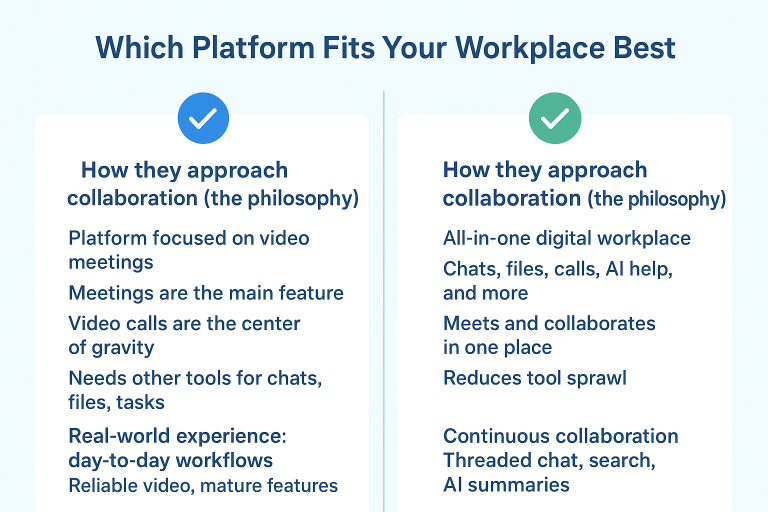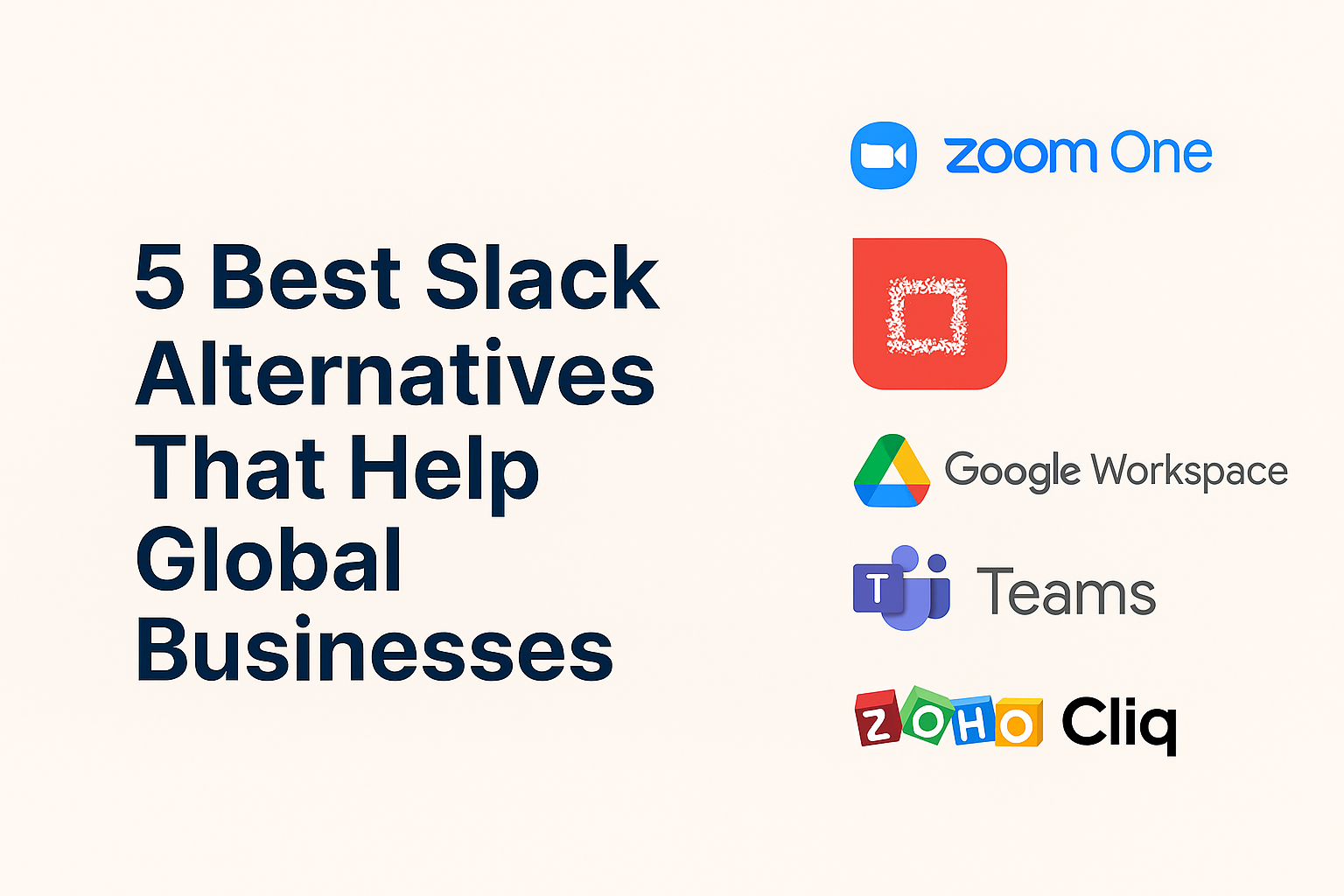The Future of the Workplace: Hybrid, Remote, or In-Office?

The Future of the Workplace: Hybrid, Remote, or In-Office?
The workplace is undergoing one of the biggest transformations in history. What once was a predictable, nine-to-five office job has now turned into a wide spectrum of possibilities. Some employees thrive in a remote setup, others prefer the traditional office environment, and many companies are settling on a hybrid model that blends both. But which approach is right for the future of work? Let’s explore the realities, challenges, and opportunities of hybrid, remote, and in-office workplaces.
Why the Future of Work Matters
The way we work shapes our productivity, mental health, and even our personal lives. The COVID-19 pandemic accelerated trends that were already in motion, pushing organizations to experiment with remote work at a global scale. Now, companies are asking: Should we stay remote, return to offices, or find a middle ground? The answer has major implications for employee satisfaction, company performance, and business costs.
Exploring the Options
1. The Case for Remote Work
Remote work offers flexibility, autonomy, and often better work-life balance. According to a 2022 McKinsey survey, 58% of Americans reported having the opportunity to work from home at least once a week (https://www.mckinsey.com/featured-insights/mckinsey-explainers/hybrid-work). This flexibility can lead to higher job satisfaction and less commuting stress.
For example, tech companies like Twitter and Shopify have embraced remote-first models, allowing employees to work from anywhere. Workers who save hours of commute time can reinvest that energy into personal projects, family, or simply rest, which often leads to better engagement at work.
2. The Value of In-Office Work
Despite the buzz around remote setups, the office still holds value. Face-to-face collaboration fosters creativity, stronger team collaboration, and spontaneous conversations that virtual meetings often miss. A 2023 survey by Microsoft showed that 73% of employees and managers value in-person collaboration for team building (https://worklab.microsoft.com/).
Think about industries like healthcare, manufacturing, or consulting. These fields often require physical presence for hands-on work, client relationships, or mentorship opportunities. The office also helps younger employees learn from seasoned professionals in real-time.
3. The Rise of the Hybrid Model
Hybrid work attempts to capture the best of both worlds: flexibility and connection. In fact, a 2023 Gallup study revealed that 59% of employees prefer hybrid work arrangements over fully remote or fully in-office setups (https://www.gallup.com/workplace/390632/future-of-hybrid-work.aspx). Companies like Google and Microsoft are experimenting with structured hybrid schedules, asking employees to come in two or three days a week.
The hybrid model allows collaboration when it matters most—like brainstorming sessions or strategic planning—while still giving employees the freedom to focus individually at home. Done right, it can offer the perfect balance.
How to Choose the Right Approach
So, how can businesses and employees decide which model works best? Here are a few practical steps:
- Assess job functions: Not every role requires physical presence. Identify which positions can succeed remotely and which need face-to-face interactions.
- Survey employees: Employees’ preferences matter. Regularly ask for feedback on what’s working and what’s not.
- Experiment and iterate: Start with pilot programs, test hybrid schedules, and refine based on outcomes.
- Invest in technology: A strong digital workplace depends on smooth communication through collaboration tools like Slack, Zoom, or Microsoft Teams.
- Define clear policies: Set expectations around availability, performance, and collaboration to avoid confusion.
Research and Data Insights
- Productivity: A 2022 study from Stanford found that remote workers were 13% more productive than their in-office counterparts (https://siepr.stanford.edu/publications/working-papers/does-working-home-work-evidence-chinese-experiment).
- Employee preferences: Gallup reports that 71% of employees would quit if forced back into the office full-time (https://www.gallup.com/workplace/349484/state-of-the-global-workplace-2022-report.aspx).
- Business costs: Global Workplace Analytics estimates that companies can save an average of $11,000 per year for every employee who works remotely half the time (https://globalworkplaceanalytics.com/telecommuting-statistics).
These numbers highlight why organizations must take workplace strategy seriously. The wrong decision could cost not just money but also top talent.
Tools and Resources for Modern Workplaces
- Collaboration: Melp App, Microsoft Teams, Slack, Zoom
- Project management: Trello, Asana, Monday.com
- Hybrid coordination: Desk booking apps like Robin or Envoy help manage office space efficiently.
- Wellness tools: Platforms like Headspace for Work or Calm Business support employee mental health.
Common Pitfalls to Avoid
- One-size-fits-all policies: Forcing everyone into the same model may alienate talent.
- Over-reliance on virtual tools: Too many meetings can lead to Zoom fatigue. Balance async and sync communication.
- Neglecting company culture: Hybrid or remote setups require intentional efforts to maintain community.
- Ignoring equity issues: Not all employees have equal access to home office setups or fast internet.
Conclusion
The future of the workplace isn’t about choosing one model over the other—it’s about finding the right balance. Remote work offers flexibility, the office provides collaboration, and hybrid models combine both. Companies that listen to employees, experiment with policies, and adapt with data-driven decisions will have the edge.
The question isn’t whether the workplace is hybrid, remote, or in-office. It’s how we can make each option work better for the people who matter most: the employees. As you think about your own career or business, ask yourself: What kind of workplace will help you thrive tomorrow?


